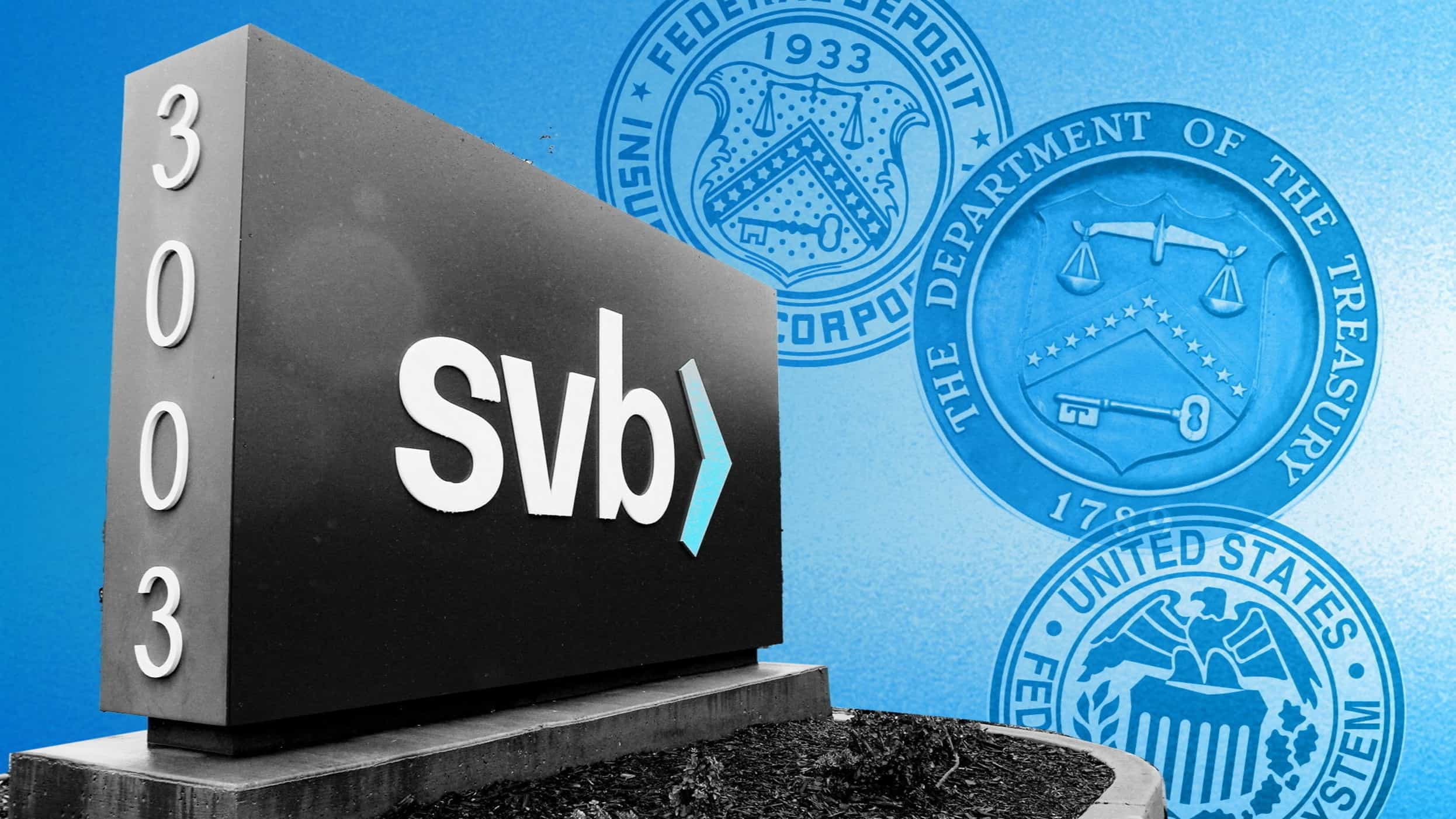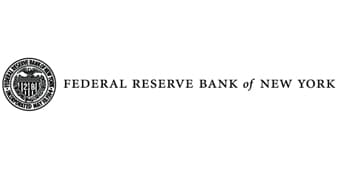
17 Mar What Really Caused the Failure of Silicon Valley Bank?
Risk Reward CEO Dennis Cox asks two key questions and offers his insights and answers into the underlying issues which led to the recent failure of Silicon Valley Bank and what regulators and banks can do to prevent this next time.
Media pundits and industry colleagues have jumped on board the debate as to what happened and why. As risk management and internal audit specialists we not only have experience working with some of these banks in the recent past but also work with others specifically on issues we share below. Perhaps our voice can add to the discussion and add value:
The failure of SVB appears to have taken the world by surprise, but really there are two basic questions to answer:
1. Should a major bank failure have been a surprise?
2. What changes to regulation are now required?
Driving Forces
What appears to be agreed by most commentators is that it was increases in interest rates undermining the true value of fixed rate long dated securities that were marked to market that lay at the heart of the issue.
In a previous INSIGHTS article we discussed the impact of raising interest rate approach of central banks and questioned the validity in reducing inflation since this had been caused by events rather than normal supply/demand issues. The combination of the COVID crisis impacting supply chains and the major spike in energy prices had driven inflation to levels not seen for many years. Central banks all fell back on a previously used mechanism suggesting that by slowing the economy by increasing interest rates, inflation would naturally reduce. We argued that if they had done precisely nothing that interest rates would probably have reduced faster and that raising interest rates would have the result of embedding inflation for a longer period than was necessary.
There are two driving forces applying here. Firstly the rising interest rate environment, which was entirely predictable and expected by most commentators. Secondly the rather arcane rules on held to maturity assets.
Held to Maturity Assets
Primarily there are two approaches to holding assets in a firm : mark to market and held to maturity. Any asset that is marked to market immediately reflects any reduction or increase in value of that asset with the change being reflected in the profit and loss account. Any asset that is held to maturity ignores the current value and only accounts for the redemption value and the impact of time on value. Effectively this second approach was designed to ensure that firms did not experience earnings volatility as a consequence of the temporary reduction in asset values.
Banks consequently were allowed, in some cases, to hold long dated bonds in their balance sheets at the held to maturity value which essentially had the impact of creating a false but smooth value as the asset slowly moved towards being redeemed at notional value.
The Law of Unintended Consequences
Central banks globally took the view that the impact of slowing the economy was a cost worth taking to reduce inflation, a view with which we took issue. What they failed to consider was the impact that this might have on critical parts of the financial infrastructure including government borrowing. The failure of central banks to undertake an appropriate impact study was critically a failure. Had such an exercise been undertaken in Q3 2022, for example, SVB would likely still be trading.
Slowing a fragile economy by raising interest rates was always likely to be a problem. Firms generally emerged from the COVID crisis with balance sheets bloated by excess debt. Raising interest rates would put those firms under pressure, potentially impacting bank balance sheets. It also had the impact of undermining the long dated sovereign debt market. The last thing that central banks would want to occur would be for a sell-off of such assets as banks move to money market assets to prevent the impact on them of rising interest rates causing a mark to market loss. Consequently there was no change in standards and banks were able in some markets to continue to hold held to maturity assets which would not be valued at true value.
The Role of Capital and Liquidity regarding Held to Maturity Assets
Capital is intended to be held to provide protection to depositors, shareholders, the market and other stakeholders. There is a base level of capital that a bank needs to hold together with a capital conservation buffer maintained to meet difficulties that could be encountered.
A bank also maintains high quality liquid assets to meet liquidity issues, with a contingency funding plan being approved to ensure that under a stress event liquidity could be maintained.
The issue which needs to be focused upon is that under a stress event which causes assets to need to be realised it is the mark to market value that the bank would receive, not a held to maturity value that ignores a drop in value since at maturity nominal will be received. The rules state that if anything in excess of a minimal amount of held to maturity assets were to be sold that would taint the held to maturity book and enforce mark to market.
It needs to be recognised that holding held to maturity assets as either part of the stock of high-quality liquid assets or as capital support is essentially illogical. Regardless of calculations undertaken for the annual report and accounts, held to maturity is completely unsuitable for either capital or liquidity calculations and clearly could never be considered in undertaking integrated stress tests. The failure of regulators to both identify the concern and require action to have been taken in 2022 lies at the heart of the concern.
Why did Banks Fail to Act?
The risk management function in the bank should have identified that there was an increasing level of unrealised losses as a consequence of the true reduction in value of this bond portfolio regardless of the arcane accounting rules. Since this did not impact capital or liquidity calculation or financial results and there was no pressure from stakeholders to take action, no action appears to have been taken.
The lengthy period of low interest rates that the markets had experienced resulted in a reduction in the use of interest rate risk management tools which again could have reduced the likelihood of bank failure. This was further exacerbated by the change in the regulatory structure of the derivative risk offset products which increased their cost and complexity.
The failure to have those skills over a lengthy period meant that when required many banks simply did not have the knowledge and experience to deal adequately with a set of events with which they would have limited experience. It could be argued that this weakness may also have extended to their regulators.
So answering the questions:
1. Yes, this was a foreseeable event and could have been predicted in Q3 2022 at the latest.
2. Yes, changes to regulation are required.
Changes to Regulation
To some extent these are obvious. For reporting purposes regarding capital and liquidity all assets held by the bank including long dated government securities should be marked to market. Whether this is maintained for accounting purposes is a different matter. We recommend it be abolished in totality, but if it is to be retained all firms should be required to report the unrealised loss that would result from marking these assets to market and this information should receive prominence.
Had SVB been required to mark to market their long-dated loan book they could either have entered into interest rate swaps or use options to transform the risk or sell the assets early and move into money market.
Further, regulators should make greater use of the “Dear CEO” letter function identifying matters of this level of significance and obtaining such information as is required to ensure resilience is maintained.
The technical and behavioural knowledge, practical experience and even regular training was available to these firms to ensure that they could deal with this style of event. Perhaps it is a lack of experience that lies at the heart of the problem, or a feeling that everything will be alright if we wait long enough. That is not always an option and firms need to gain the knowledge that they need to ensure that they are able to address the next crisis that will surely occur.
Dennis Cox
CEO, Risk Reward Limited
A Knowledge as a Service company





















































